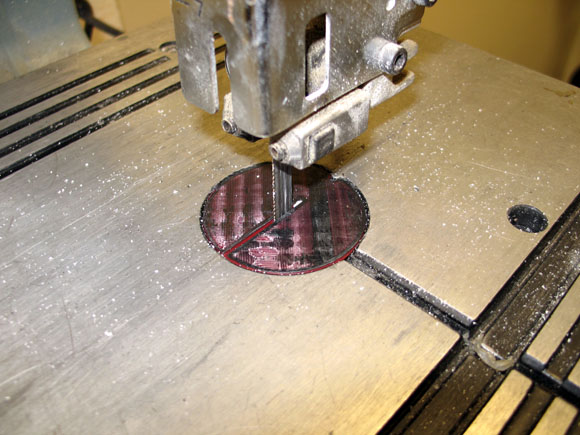Illustrator Template for Avery 5195 Labels
I needed labels for a small prototype run of a new product recently; lacking time to have these professionally made I bought some Avery-brand mailing labels and printed them myself on our color laser printer, finding that with careful design and a decent printer this type of label can produce surprisingly good results.
These 5195-type labels are 0.66 by 1.75 inch; 60 pieces come on an American letter-size sheet of backing paper. Avery provides templates for their label products in Microsoft Word format, which of course isn't good enough. I built a template in Adobe Illustrator instead and laid my design out on that grid. Because there's a small chance someone else in the world will find this useful, I'm writing this blog post and providing the AI template for download here.







